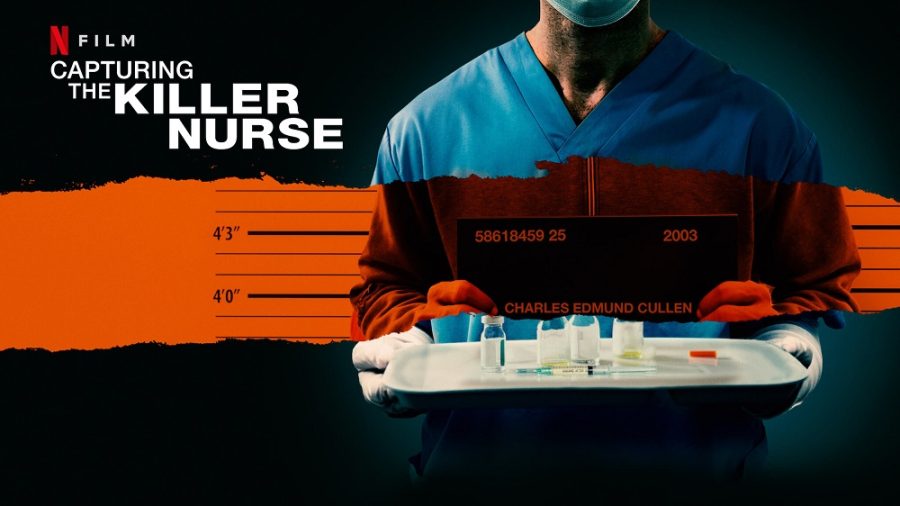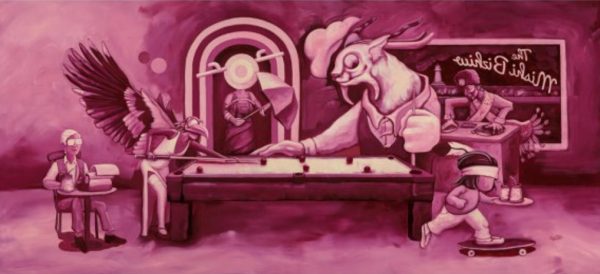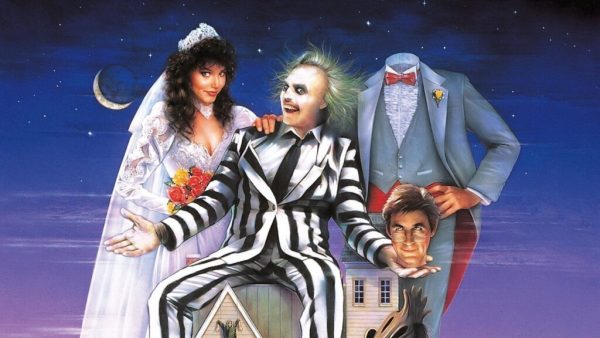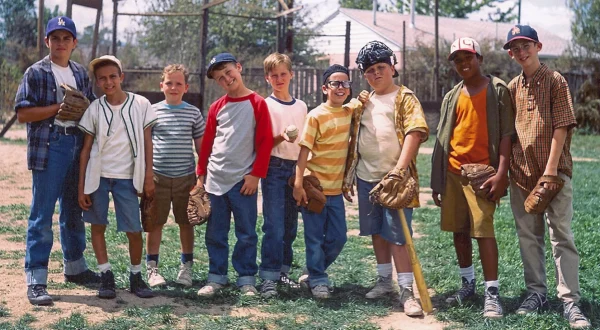Cullen’s scandal: Netflix produces yet another true crime documentary
Photo courtesy of cinecelluloid.com
After releasing “The Good Nurse,” Netflix returned with “Capturing the Killer Nurse.” Launched on Nov. 11, the documentary further explores the story of Charlie Cullen.
If you didn’t watch “The Good Nurse,” you might want to stop here and go do so. But in summary, both productions tell the story of Cullen, a nurse convicted of 18 life sentences for murdering healthy people through overdoses of substances added to their IV fluids.
The main point of this story is the lack of ethical morals and honesty in the nine hospitals where Cullen was employed, which all covered evidence and let Cullen avoid being sued and losing profit.
“The business of health care was one that Charles Cullen was perfectly suited for,” case investigator Tim Braun said.
The main question is — is it worth it to watch both “The Good Nurse” and this new documentary?
It is noticeable that recently, true-crime documentaries or series have become the top genre on Netflix. So, is “Capturing the Killer Nurse” worth watching, or is it just one more cliché crime documentary?
“Directed by Tim Travers Hawkins, ‘Capturing the Killer Nurse’ doesn’t pretend to be an especially far-reaching or complete documentary,” Owen Gleiberman said in Variety.
This time, the story is told through direct-to-camera testimonials from the real people involved.
The production counts on a mix of dramatic recreations and audio and images from the original case files, in addition to authentic recordings of the many interviews that Charles Graeber, the author of the book “The Good Nurse,” conducted with Cullen.
“While ‘The Good Nurse’ examines the larger social and personal problems that allowed serial killer Charles Cullen to murder dozens of patients in multiple hospitals — frequently arousing suspicions without getting arrested — Tim Travers Hawkins’ doc is more conventional true-crime fare, laying out the facts in clinical detail,” Noel Murray said in the Los Angeles Times.
Even if the productions have different approaches to the same story, not many details are added to the case when both are compared.
“Hawkins has an opportunity to expand upon the story and more intently examine how a health care system nurtured and enabled a serial killer – likely the most prolific in history – while ignoring its own moral commitments to the greater good of society,” John Serba said in Decider. “But the documentary is content to loosely piece together a timeline of events you could just as easily read on Wikipedia, instead of digging deeper into the larger implications of the story.”
Ultimately, the documentary gives the impression that it exists only as a piece of “The Good Nurse,” not as an addition.
Regarding such an important subject, there was a lot to explore and discuss from this case, but “Capturing the Killer Nurse” seems only a history-vs.-Hollywood compare-and-contrast production.
The only important information this documentary brings to the viewer is the law passed in May 2005 in response to Cullen’s serial killings. Officially known as the Health Care Professional Responsibility and Reporting Enhancement Act, the new law was firstly called Cullen’s Law.
Cullen’s Law requires healthcare professionals or entities to notify the division when they have information regarding the incompetence, impairment or negligence of a healthcare worker who could endanger patients. It also mandates criminal background checks for healthcare professionals seeking New Jersey licensure.
The law has been defined as “good in its intent but harmful in its execution,” and has been under review since then.
Besides this, the documentary only retells what you already know from a different approach.
Final review: there is no need to watch both. Choose the documentary if you like a more direct and technical explanation of events. If you prefer a more artistic and human representation, watch “The Good Nurse.”











